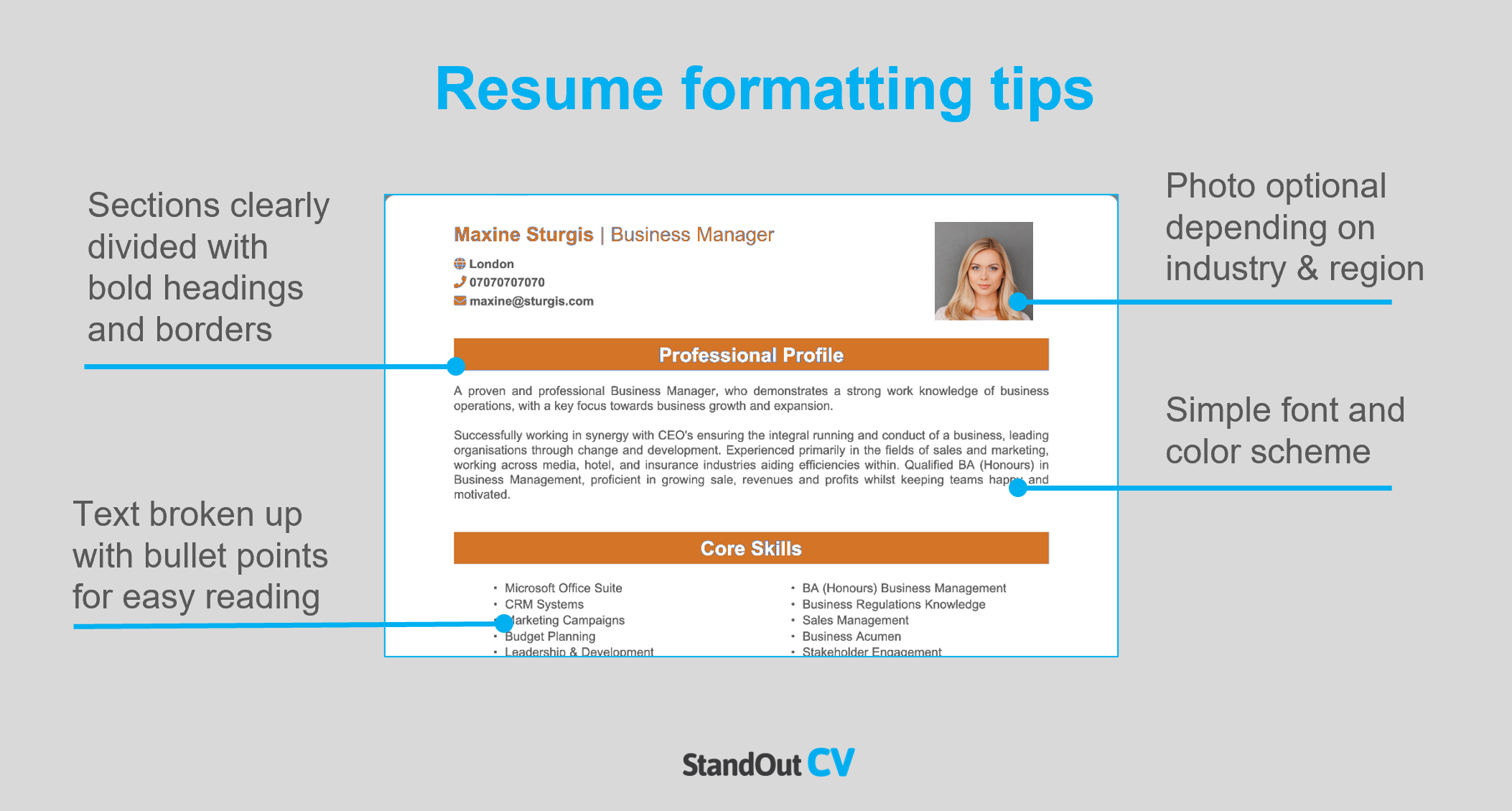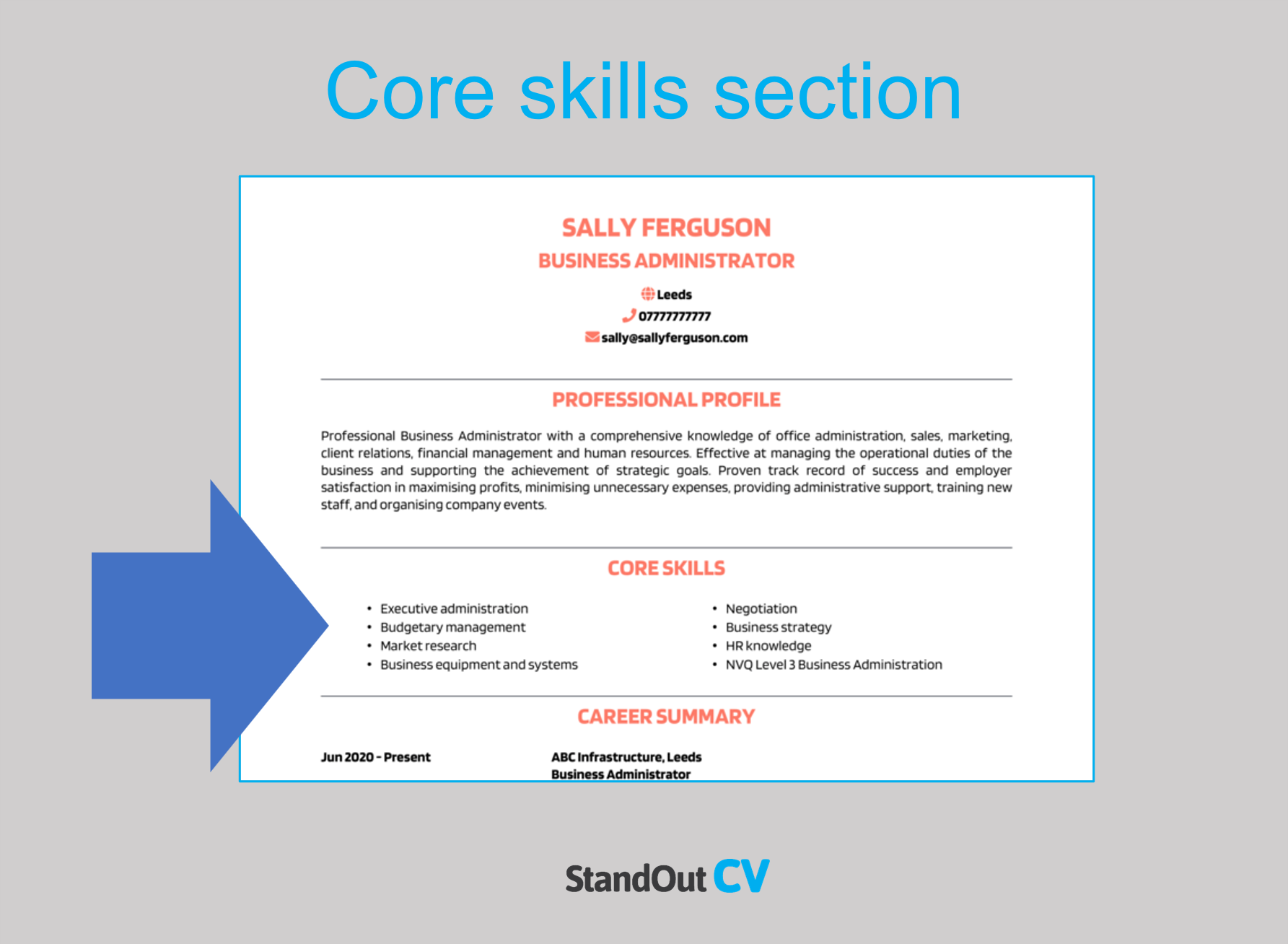
Are you an art student ready to take the world by storm and show off your incredible talents?
Then you need a resume that paints a perfect picture of your skills, studies, and past art projects.
But if you’re staring at your screen like a blank canvas and you don’t know where to start, this guide is for you. Check out our top tips and art student resume example below.


From the Art Student resume example above, you can see the kind of information your resume will need to include, and the layout you will need to create for an easy-reading experience.
The rest of this guide will show you how to apply this format to your own unique situation, and create a resume that will attract the best employers in your industry.

Formatting and structuring your resume correctly is key to landing job interviews.
Your resume needs to look attractive, but more importantly it needs to be easy for recruiters and hiring managers to read and digest the information.
These tips will help you to do that:

Quick tip: Achieving a professional look for your resume can be difficult and time-consuming. If you want to create an attractive resume quickly, try our quick-and-easy Resume Builder and use one of their eye-catching resume templates.

Your resume should include the following sections to give recruiters the information they require:
Here’s what to add to each section of your Art Student resume.

Make it easy for hiring managers to contact you by adding your contact details to the top of your resume.
Keep this section small to save space and include the following.
You can add a link to your LinkedIn profile if you have one – you do not need to include personal details like date of birth or marital status.
Start your resume with a bang by adding a powerful summary to the top, summarizing your most valuable skills and experience.
This short paragraph is your chance to show recruiters why you are a perfect fit for the job and encourage them to read more of your resume.

How to create a resume summary that will excite recruiters:
Motivated Art Student with 3+ years of experience in working with a range of materials, as well as maintaining higher education studios, ordering supplies, and assisting with project preparation. Passionate about communicating ideas, emotions, and narratives through visual elements. Adept at operating independently, while following directions of senior personnel.
Quick tip: Choose from hundreds of pre-written summaries across all industries, and add one to your resume with one-click in our quick-and-easy Resume Builder. All written by recruitment experts and easily tailored to suit your unique skillset and style.
Underneath your summary, write a core skills section to make your most relevant skills jump off the page at readers.
It should be made up of 2-3 columns of bullet points of your relevant skills.
Before you do this, look over the job description and make a list of any specific skills, specialisms or knowledge required.
Then, make sure to use your findings in your list. This will paint you as the perfect match for the role.

Drawing – Sketching, shading, and creating accurate representations of objects or figures.
Painting – Working with various painting mediums, such as acrylics, oils, or watercolors, and creating visually appealing compositions.
Sculpting – Shaping and manipulating various materials, such as clay or wood, to create three-dimensional artworks.
Digital Art – Using digital art tools and software, such as Adobe Photoshop or Illustrator, to create digital illustrations or designs.
Color Theory – Utilizing knowledge of color mixing, harmony, and contrast to create visually engaging artworks.
Composition – Arranging elements within an artwork to create a balanced and visually appealing composition.
Perspective – Accurately depicting three-dimensional space and creating the illusion of depth in artworks.
Art History – Maintaining familiarity with art movements, artists, and styles throughout history, providing a foundation for artistic inspiration and context.
Critical Thinking – Analyzing and evaluating artworks, techniques, and concepts, fostering a deeper understanding and appreciation of art.
Creativity – Thinking innovatively, generating unique ideas, and expressing individual artistic vision.
Quick tip: Our quick-and-easy Resume Builder contains thousands of in-demand skills for every profession that can be added to your resume in seconds – saving you time and greatly improving your chances of landing job interviews and getting hired.

Congratulations on successfully capturing the recruiter’s interest with your attention-grabbing summary! Now, it’s time to showcase your workplace impact by providing a detailed list of your previous job experiences and achievements.
If you have significant experience, consider highlighting the most recent few years to condense this section. However, for junior job seekers, it’s essential to include as much relevant experience as possible, including volunteering and school work placements.

Resume job descriptions contain lots of information, so its crucial to structure them well.
Use the structure below to ensure hiring managers can consume the information easily.

Job outline
Begin each job with a short summary of who the organization is, where you sit within it, and what the main goal of your position is.
Key responsibilities
Next, write up a punchy list of your daily duties and responsibilities, using short bullet points.
Describe how you apply your skills and contribute to the running of the employer’s business – highlighting skills which are applicable to your target jobs.
Key achievements
Round off each job by adding some impressive achievements you made in the role.
Anything you’ve done that has made a big impact on your employer will make a good impression, think; generating revenue, saving costs, or improving a product.
Quantify your achievements with number where possible e.g. “reduced call wait time by 10%”
Outline
Participate in community art projects to gain real-world experience and further enhance professional development, for a leader in the world of visual arts featuring undergraduate, graduate, and certificate programs.
Key Responsibilities
Quick tip: Create impressive job descriptions easily in our quick-and-easy Resume Builder by adding pre-written job phrases for every industry and career stage.
Towards the bottom of your resume, add your education section.
Here you should list your professional qualifications and academic record, such as high school diplomas or college degrees.
If you have lots of work experience, you can keep this section brief (because recruiters will be more interested in your career. If you have little/no experience then you should bulk this section up with plenty of detail.
The bottom of your resume is a place to add any “additional info”
Any other info that didn’t fall into any of the previous sections can be added here.
If you have hobbies that are related to your profession or any awards or publications – add them here.

Crafting a strong Art Student resume can be a daunting task, but implementing the steps outlined above will significantly increase your chances of securing multiple interview opportunities.
Good luck with your job search!